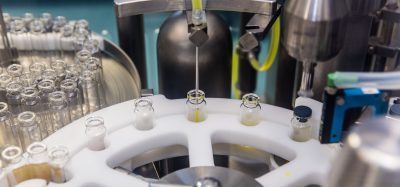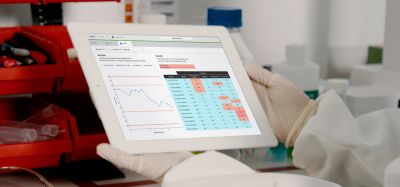Combination analysis reveals effects of combining clinically used drugs
Posted: 8 November 2017 | Dr Zara Kassam (European Pharmaceutical Review) | No comments yet
The effect of combining clinically used drugs for the treatment of colon cancer analysed using novel open source software…


The effect of combining clinically used drugs for the treatment of colon cancer can vary widely depending on concentrations, ranging from cases where the drugs counteract each other to cases where they reinforce each other. This is the main conclusion from a cell culture analysis in which collected data were analysed using novel open source software developed by Uppsala researchers.
The study, reveals complex concentration-dependent synergistic and antagonistic interactions between clinically used drugs for colon cancer when the cancer cells are cultured in test tubes.
More and more individuals are treated with multiple drugs that will hopefully be more powerful in combination than alone. However, basic research has been hindered by the lack of readily available methods for identifying promising combinations.
Dr Muhammad Kashif and colleagues report an open source software package for drug combination analysis called COMBIA. The software is based on robust statistics for drug synergy analysis developed in a team at the Department of Medical Sciences led by Professor Mats Gustafsson.
The software is used to reveal complex patterns of synergy/antagonism in colon cancer cells exposed to different combinations of clinically used drugs.
An interesting finding was the presence of both synergistic and antagonistic effects of the same clinical drug combinations but at different concentration ranges. This suggests that more effective treatment can be achieved by taking greater care in the selection of anti-cancer drug combinations and doses.
Complex patterns of synergy and antagonism are discernible in COMBIA analyses due to its inbuilt robustness originating from the use of non-parametric statistical analysis.
The analysis takes into account the fact that the experimental errors are dependent on the magnitudes of the collected data (heteroscedasticity) and also performs controlled resampling and global (omnibus) testing. This means that multiple improvements can be compared with established academic and commercial software available for drug combination synergy analysis.
The software produces analysed data and graphs ready for use in scientific publications. It does not require manual data entry; data can be directly inputted from different plate readers, which makes it compatible with automated high-throughput and robotic drug discovery platforms.
The research has been published in the scientific journal Oncotarget.









